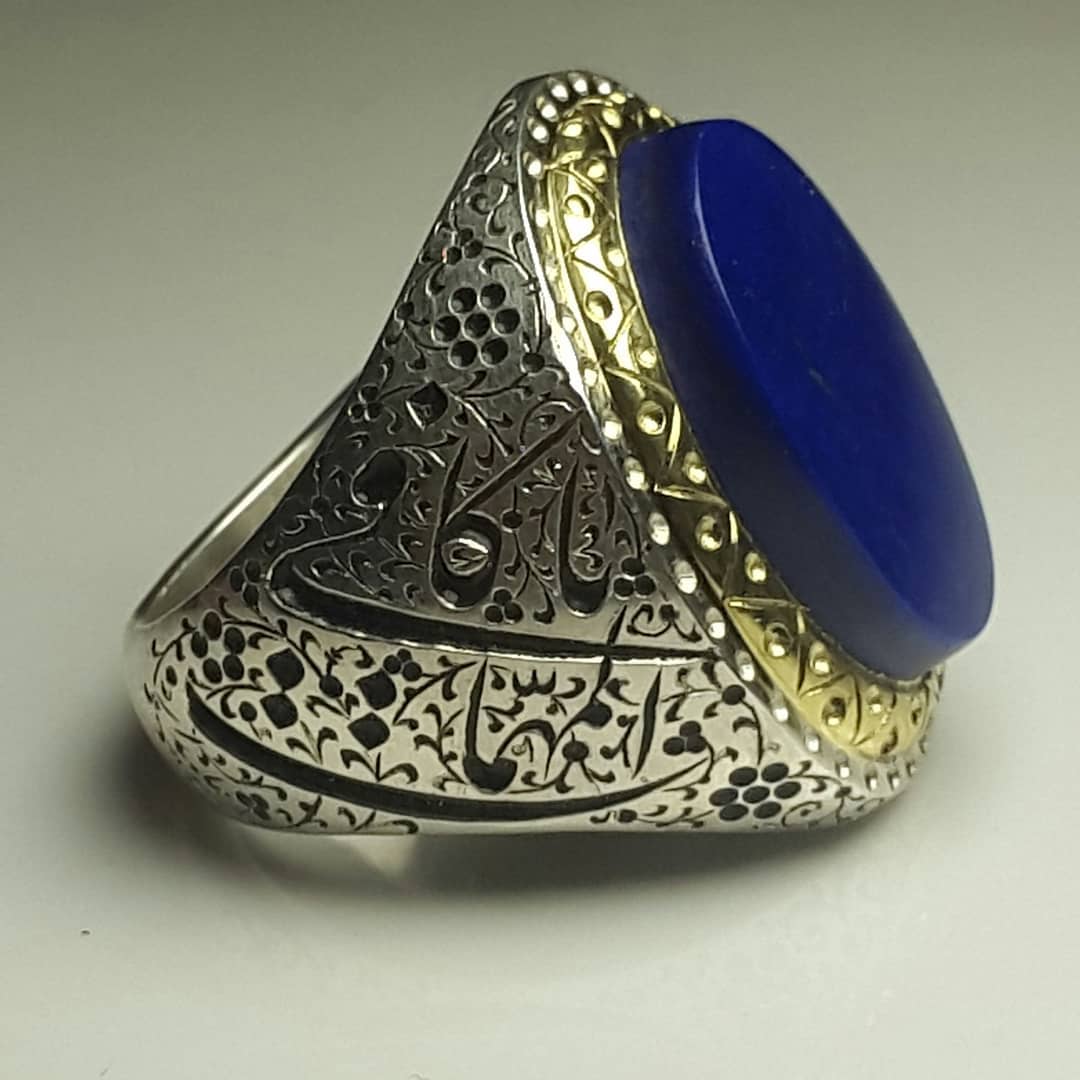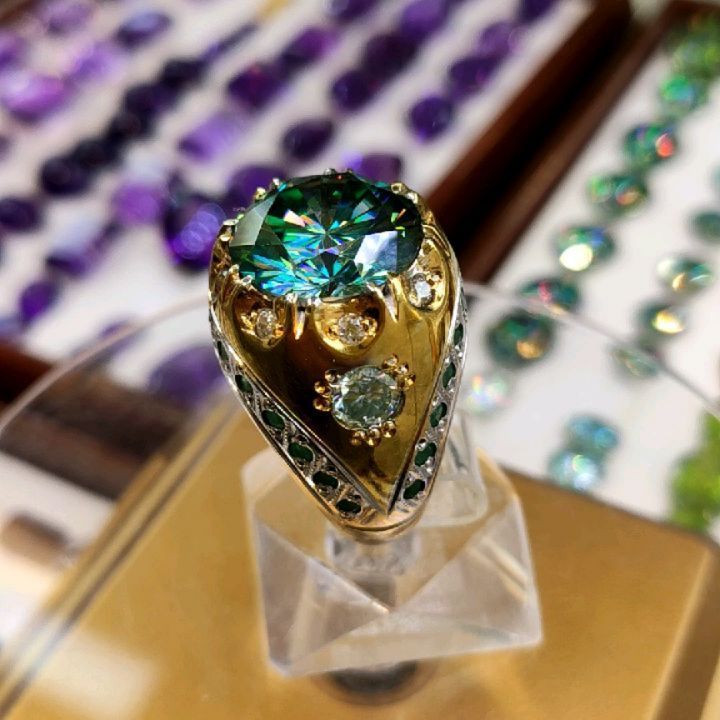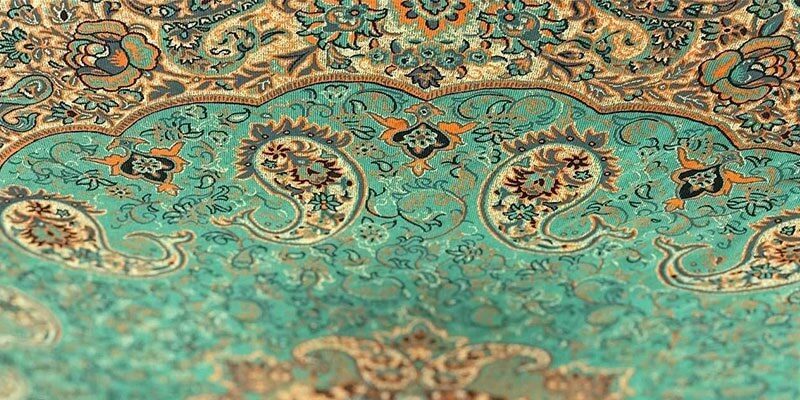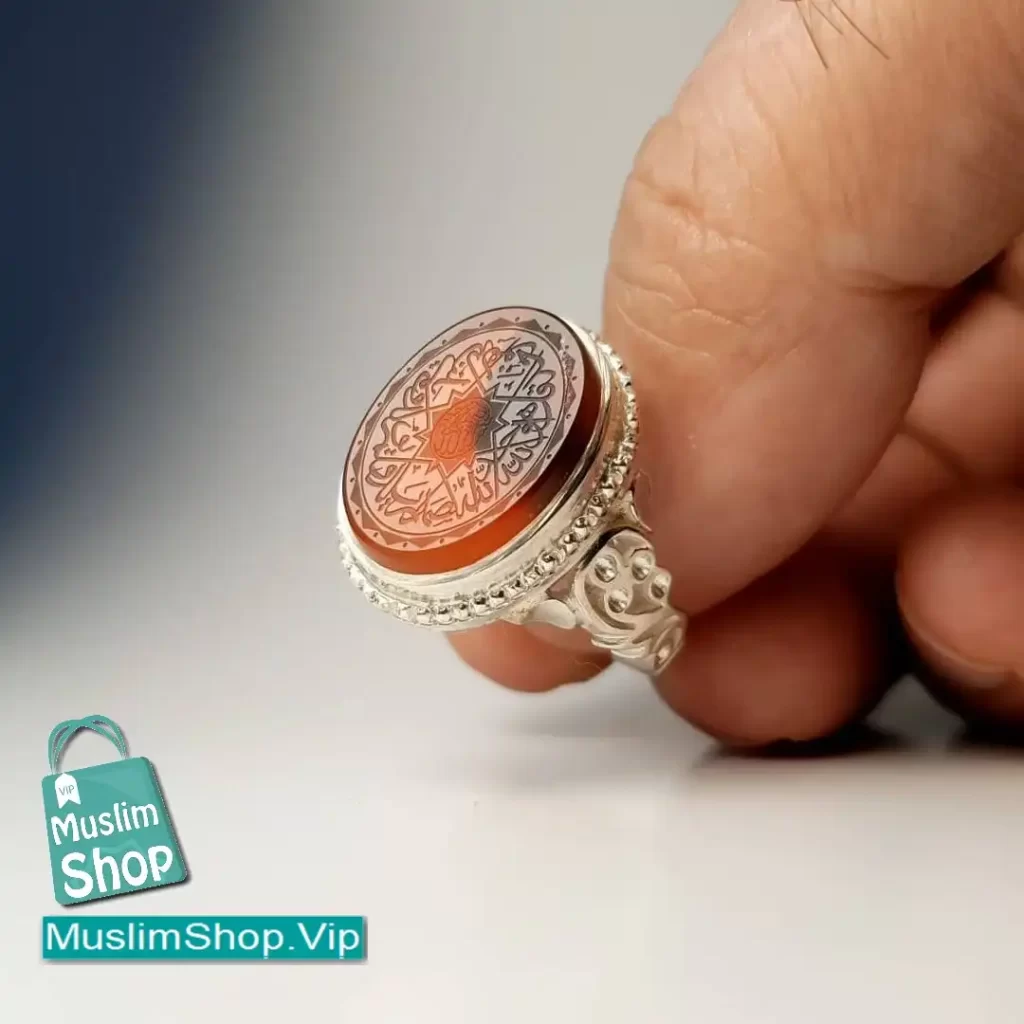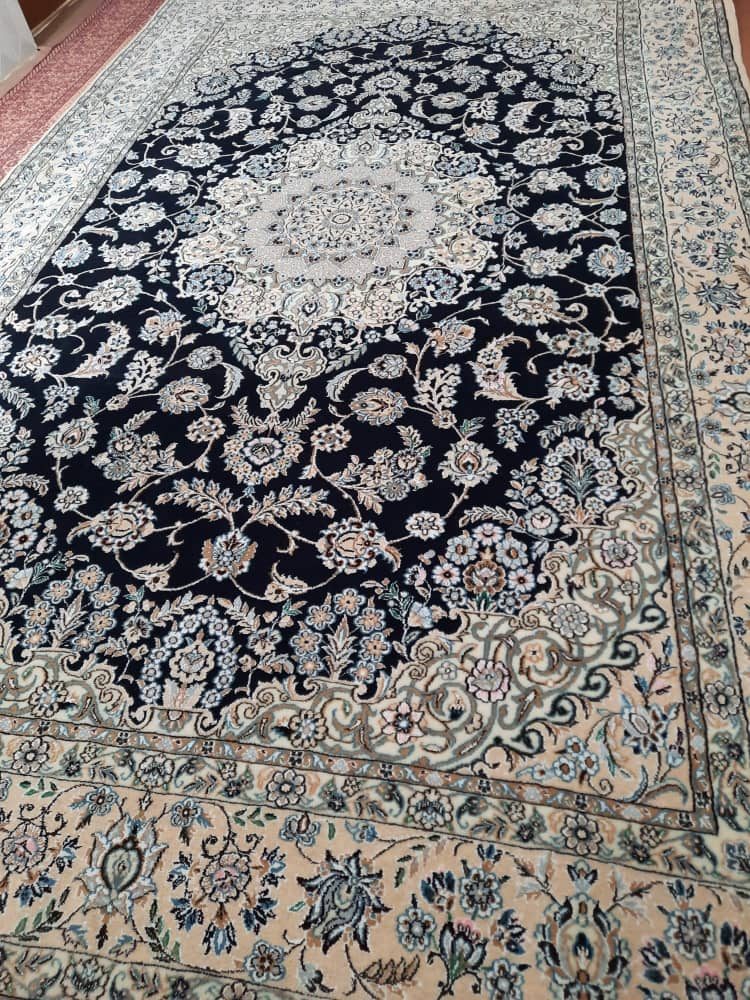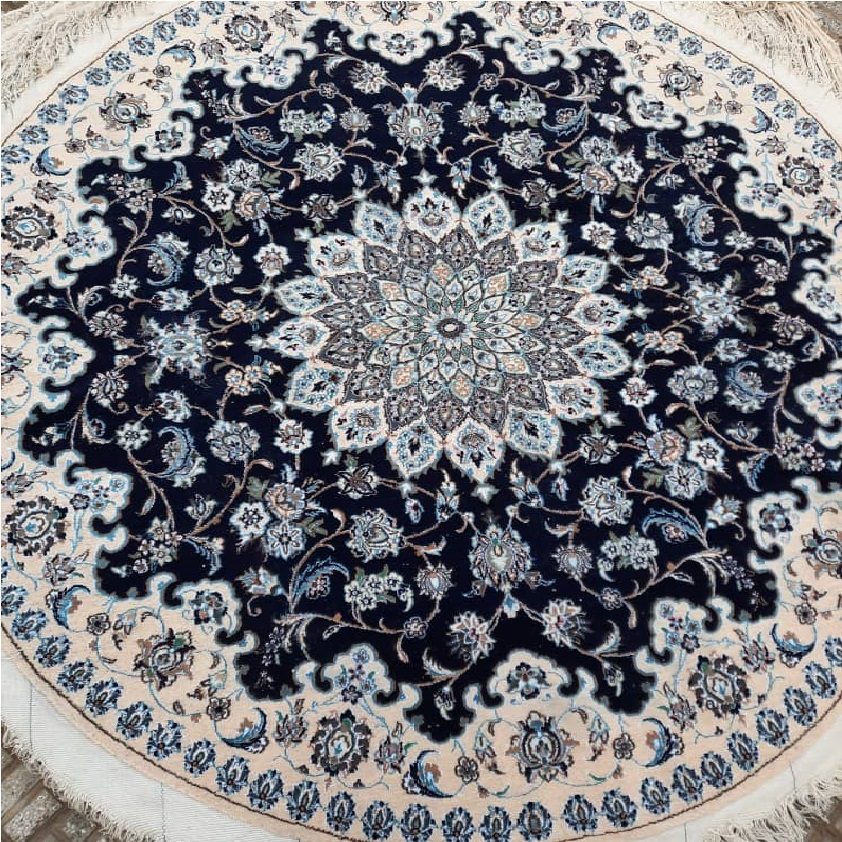The civilization of several thousand years of Iran has left a lasting legacy for the people of this ancient country, and the collection of this heritage forms our historical and national identity. This heritage has various manifestations and manifestations, each of which in a way reflects the glorious past and the ancient civilization of this region. Handicrafts as a subset of Iranian traditional arts from the distant past to the present has had a special place in the indigenous and spiritual culture of Iran.
Among Iranian arts, weaving has had a special place since ancient times. Traditional textile art is one of the industries that has a long history. One of the Iranian weavings is Termeh, which was woven in Iran and Kashmir with great skill and creativity. This fabric is traditionally and modernly produced in different cities of Iran, especially Yazd, Kerman and Isfahan. In ancient times, Termeh was woven by hand like carpet, but today its production has become semi-industrial. Iranian Termeh is famous all over the world, so that each Termeh has an identity card and the name of the factory, weaver and year of weaving is woven on each slab.
The raw materials of Termeh fabric were wool and fluff, a type of mountain goat in the Himalayas that lived at an altitude of 3,000 meters, and because the Iranians at that time had difficulty in producing this type of fluff, they were forced to use wool. Persian Termeh is a delicate and precious fabric that today is made of fluff, wool or natural silk or Viscose yarn (rayon). The designs of this fabric are original and traditional and are woven with the help of simple knitting machines or jacquard. The yarn used in this fabric is polyester and silk weave, so that the weave is densely visible on the back of the fabric. The yarns are with plant colors and natural materials and mostly in jujube colors, bright red, green, orange and black. Termeh fabric has a favorable relative strength due to its dense texture and is used as a curtain, bundle, tablecloth, mat, to decorate all kinds of clothes, bags and backpacks, and so on. Among the types of termeh of Iran and Kashmir, Rah-e-Sharah, Charghad, Sharmahmat, Emerald, Amiri, Atabaki, Yazd, Kerman. Traditional textile products in Iran have long provided part of the consumer and artistic needs of our society. This art is a vehicle for the cultural and artistic heritage of this region, which is rooted in the religious beliefs and ethnic beliefs and creativity of Iranian masters.
– Termeh fabric has a favorable relative strength due to its unique texture and high density. However, light and moisture are the most important causes of damage to cashmere, because its black parts are more sensitive to light and heat than other parts and absorb them easily.
– Avoid washing expensive hand-embroidered cashmere or velvet fabrics as much as possible. For washing handmade fabrics, you must ensure the color stability of the yarns or the fabric itself. To do this, moisten a white cotton cloth and gently pull on the back of the fabric or stitch. If the color of the fabric and yarn is stable, it will not affect the white fabric. You can wash it, otherwise just wash it.
– Never touch the embroideries to wash them and do not use detergents such as bleach, chlorine and other bleaching agents.
– Most of the curtains, tablecloths and paintings in which traditional stitching is used, get dusty over time, which reduces the appearance of the work. To clean these fabrics, first hang the fabric in the open air, gently tap the back with a stick to completely remove the dust, then dip the fabric in lukewarm water without crumpling or folding. Continue this process until clean and clear water comes out of it. Then put it in a tube towel to get the excess water well. If necessary, you can use two or three towels to do this, then expose the fabric to the open air to dry.


